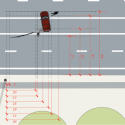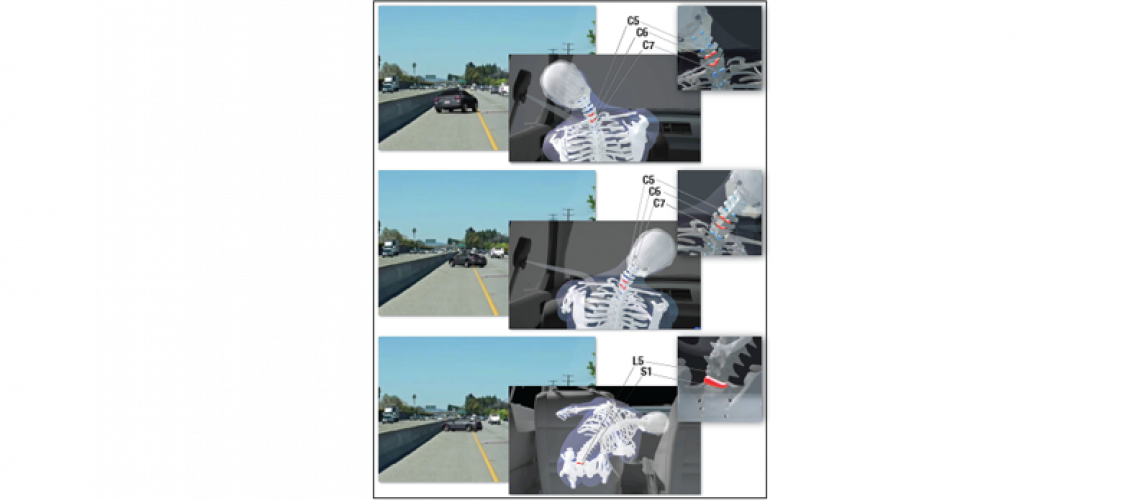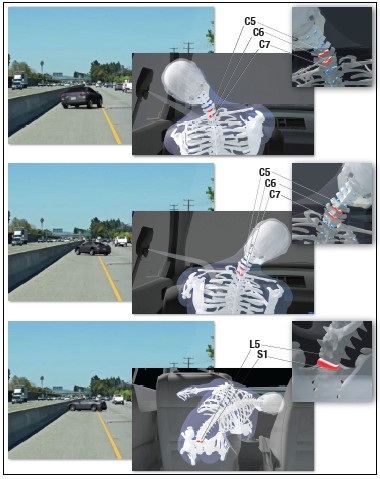 I’m often asked by attorneys, “Why spend the money on making any visuals showing how the incident occurred if it’s an admitted liability case?” My question back is, does the other side agree completely with the causation of all injuries, and the extent and nature of them? If you have a plaintiff or defense personal injury case, then developing visuals to show the incident for an admitted liability case may still be extremely worthwhile and should not be forgotten.
I’m often asked by attorneys, “Why spend the money on making any visuals showing how the incident occurred if it’s an admitted liability case?” My question back is, does the other side agree completely with the causation of all injuries, and the extent and nature of them? If you have a plaintiff or defense personal injury case, then developing visuals to show the incident for an admitted liability case may still be extremely worthwhile and should not be forgotten.
From the plaintiff perspective, an admission of liability by the defendant is only saying that he or she admits they did something wrong. It does not rule out a claim by the defendant that they believe the plaintiff also did something wrong. Therefore, on this point alone, you may have to deal with showing and explaining issues of comparative fault to a jury.
An accident recreation or diagram can go a long way in helping you with this. Additionally, even if nobody’s fault is at issue, and it’s simply a matter of the type and extent of injuries, the use of what I like to call a “biomechanical animation” is a powerful visual format to develop and display in conjunction with a biomechanical expert. A biomechanical expert is able to calculate the movement of the body in a vehicle (or anywhere) and determine the forces placed upon the body at any point, and whether that is consistent with an injury-causing event. They can provide a foundation for a video that goes through each injury in a slow-motion matter, so the jury can appreciate how every single injury occurred.
In the video below, such testimony of a biomechanical expert was used as the foundation for the animation showing a slow-motion head-on collision in a recent case Cogent Legal worked on:
The benefit of a video like this is that even when every injury is admitted, it can be used as a teaching tool to explain the incident, and what plaintiff suffered during the impact itself as part of his or her claim of emotional distress. If you are dealing with a disputed injury, like a brain injury that is hard to diagnose, a strong visual of how the head hit the car and the speed at which it hit goes a long way toward explaining your point of view on the case.
Alternatively, from the defense side, if there is no evidence of a correlation between an injury and the event, then visibly showing that the type of movement does not result in injury is a compelling way to explain the defense point, even in an admitted liability case.
It’s important to realize that this animation is very different from an “accident reconstruction” that seeks to explain what the vehicle did in relationship to each other and who is at fault. For comparison, a sample of a recent accident reconstruction video done for Anthony Label at the Veen Firm is here:
In this case, the defendant created the original video that showed just the plaintiff’s car going out of control, but with nothing else in the video other than the still-image photographic background with no ladder or other cars. Cogent Legal’s animators subsequently added in the ladder that defendant dropped in the road, and all the other cars that swerved around the ladder to make it a true depiction of what occurred.
In this case, we also prepared a hard board that showed the driver’s movements, from a bio-mechanical perspective, during each swerving maneuver and how it affected the driver in an injury-producing manner.
For your next case, I encourage you to consider not only visualizing the accident reconstruction part of your case, but the biomechanical part as well. If you have any questions about these topics, please feel free to contact me.
If you’d like to receive updates from this blog, please click to subscribe by email.



